 Click Slide menu on left Click Slide menu on left
WW1 Military Service - Henry Tracey Guilford
Henry Tracy Guilford in communications to the Army in 1912 gave his address as "Arncliffe" Symond Street, Auckland - this possibly was not until he entered the Featherston camp on the 2nd Feb. 1916 in the N.Z. Army Service Corp as a Home Serviceman, Reg. No. 24615. His wife Margaret (Maggie) with her son Henry Tracy moved to her home town of Taumarunui, . (His son's birth cert. in 1907 gives his occupation in Auckland as a "Coach proprieter". Army records state his occupation on entry 1916 as a butcher)
Henry was assessed as unfit for active service and commenced duty as Corporal 10/2/1916; Q.M.S. Headquarters Staff on 27th May 1916; he reverted to Corporal 14/10/1916 on the same day he was transferred to the Camp Police, then to P.E.A.S.C on 5/12/1916. A discrepancy is apparent - his age listed on his medical form is 35Y but his actual age was 42 years!
Source: Matt Stewart, 18 Jul 2014; Dominion Post, Wgtn. Trentham Military Camp
recruits were bushcutters, builders, farmers and accountants - but in a few frenetic weeks they were all turned into soldiers and packed off to the front lines of World War I. About 55,000 recruits passed through Upper Hutt's Trentham Military Camp as they prepared for combat during World War I. The significance of the Trentham camp, still today plays an integral role in the life of Upper Hutt.
Here the Anzacs walked, talked and laughed . . . They marched along the neighbouring roads, survived the mud, endured the sickness and ate the notorious food," It was the place where thousands of civilians became soldiers, and where men passed from training into active service. For many, it was their last living memory of life in New Zealand. For those who survived, it embodies the sadness and grief of young lives cut short, and dreams left unfulfilled."he Trentham camp was a city made up of bell tents. It was originally planned to hold 2000 men but constant waves of recruits boosted it to 7000 by May 1915, meaning recruits were forced to sleep eight to 12 men in a tent, in a spoke-like formation with their feet at the centre . They experienced the cold, wet and mud, caused by a lack of paved streets or proper drainage.
Trooper John Watson summed it up in a letter from June 1915: "The place is in a great state of mud, but I suppose you can imagine what it is like with 7000 men tramping about every day . . . things have been very disagreeable with mud and slush. It has playing the deuce with the men's health too and almost everyone has been more or less affected with colds and sore throats.
During the first three months of World War I, the Trentham Quartermaster's Store issued: 30,798 pairs of blankets; 26,238 pairs of socks; 17,623 boots; 17,500 shirts; 17,418 towels;
13,781 jackets; 13,775 trousers; 9082 waterproof sheets; 8726 knives, forks, and spoons; 8718 kitbags;
8702 greatcoats; 8632 straw mattresses; 8261 puttees; 8088 toothbrushes; 5594 sea kits; 5557 mess tins and covers; 5639 pairs of braces; 5639 38 holdalls; 5535 cholera belts. 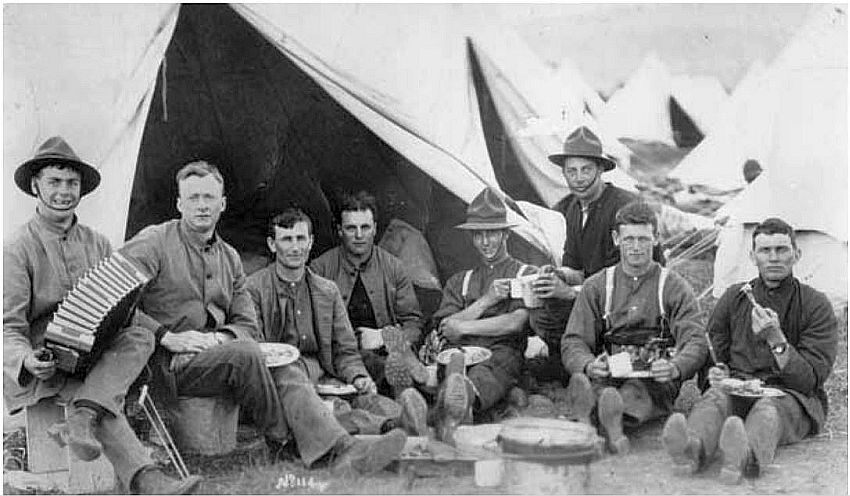 ALEXANDER TURNBULL LIBRARY: BESPOKE BIVOUAC: Trentham Military Camp became so crowded the recruits were forced to sleep eight and 12 to a tent in a wheelspoke formation - their feet meeting in the middle.
ALEXANDER TURNBULL LIBRARY: BESPOKE BIVOUAC: Trentham Military Camp became so crowded the recruits were forced to sleep eight and 12 to a tent in a wheelspoke formation - their feet meeting in the middle.
|

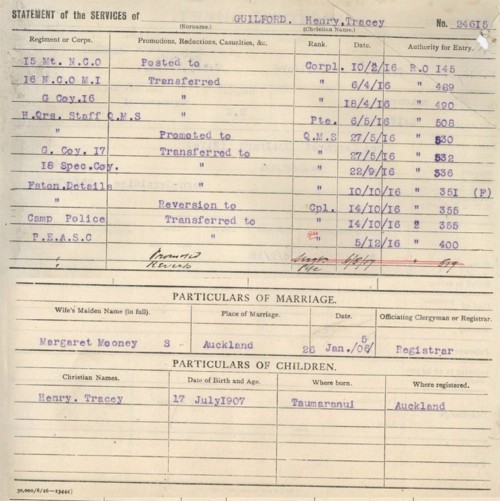
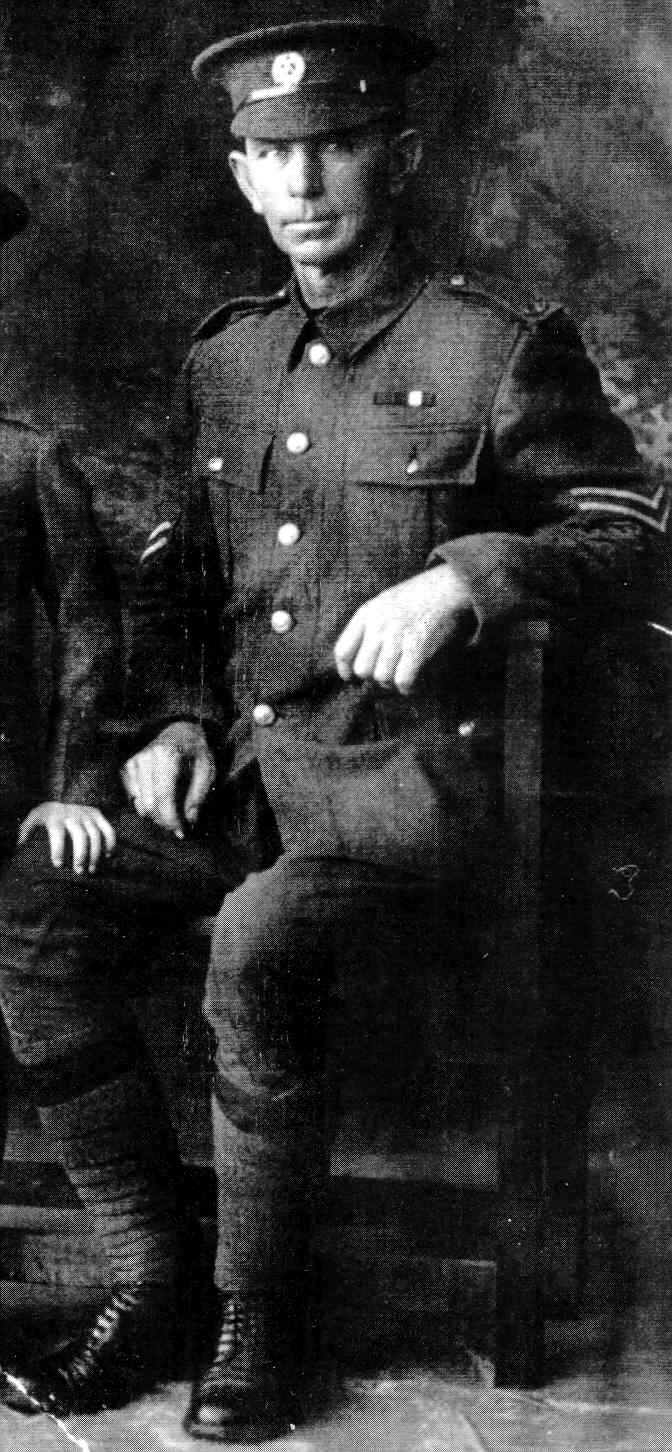
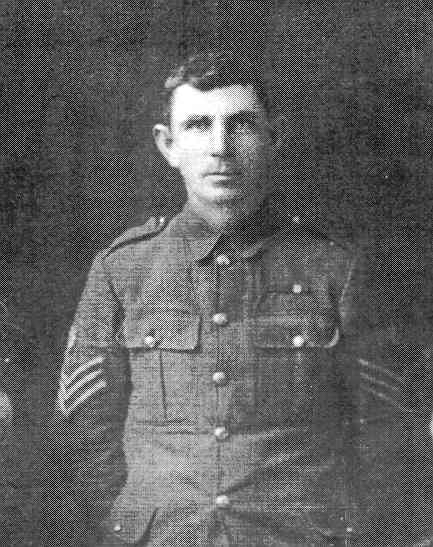
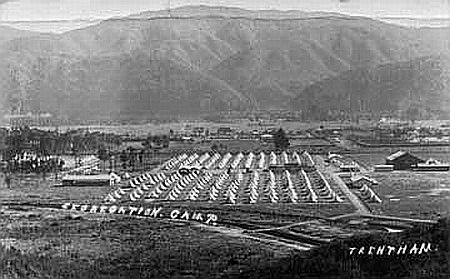
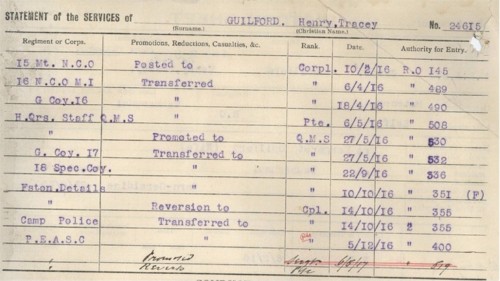
 ALEXANDER TURNBULL LIBRARY: BESPOKE BIVOUAC: Trentham Military Camp became so crowded the recruits were forced to sleep eight and 12 to a tent in a wheelspoke formation - their feet meeting in the middle.
ALEXANDER TURNBULL LIBRARY: BESPOKE BIVOUAC: Trentham Military Camp became so crowded the recruits were forced to sleep eight and 12 to a tent in a wheelspoke formation - their feet meeting in the middle.